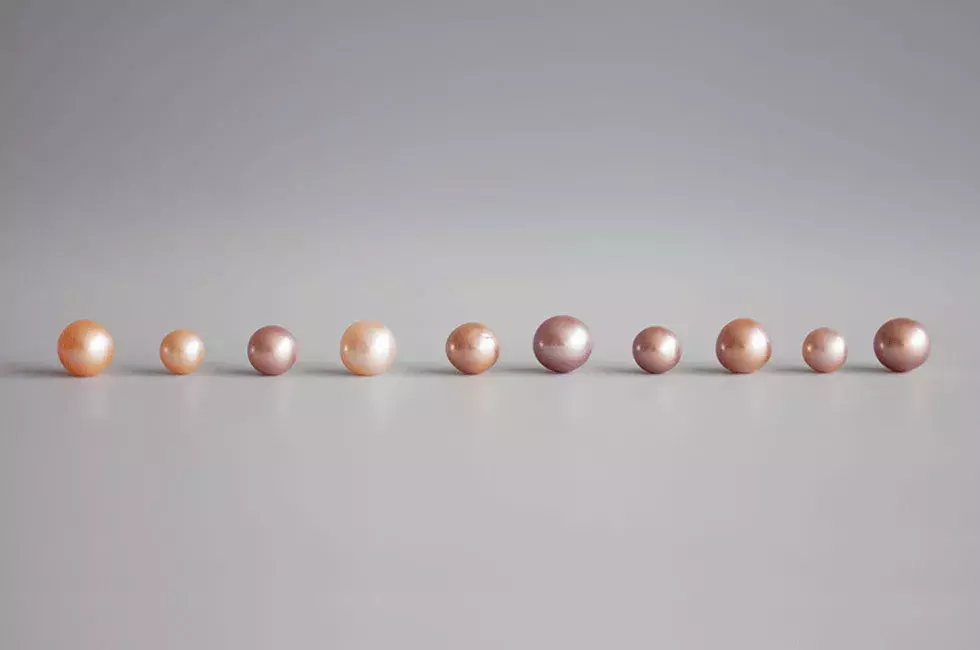
Biwako pearls are formed inside a species of oyster endemic to Lake Biwa in Shiga prefecture. The freshwater pearls from this area each display a different shade, shape and shine with gold, pink, orange, purple and white hues.
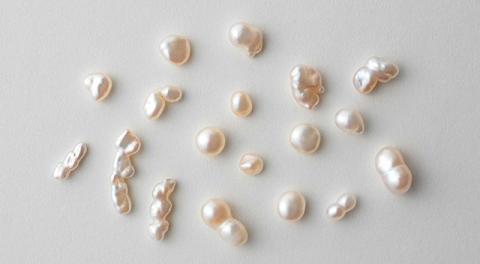
Backstory of Biwako Pearls
Biwako pearls have a long history and are mentioned in the 'Manyoshu' – the oldest recorded collection of Japanese waka poetry, dating between 600-759 AD. Mass production in the 1930s made pearls from this area suddenly affordable, at the same time that the saltwater pearl industry was going into serious decline. For many years the word 'Biwa' simply meant 'freshwater pearl' to the people of Japan. More recently, due to low levels of water and pollution within the lake, the rate of production has been in decline. The beauty of Biwako's pearls, however, remains undiminished, and specialty pearl makers in the area are making efforts to improve the situation in the lake to continue producing the lustrous pearls for which this area is renowned.
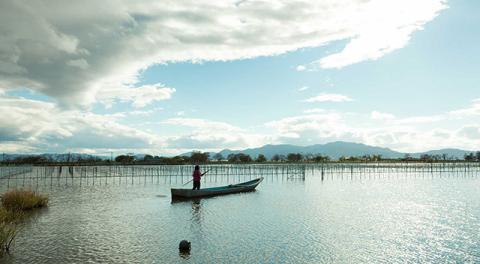
Japan's Largest Freshwater Lake
Lake Biwa, or Biwako as it is known in Japanese, is the country's largest freshwater lake and takes up 1/6 of the landmass of Shiga prefecture. Located in a central area of Honshu island, Lake Biwa has been an indispensable resource throughout Japan's history, supplying water to the nearby cities of Kyoto, Hyogo and Osaka in the Kansai region. The lake is home to over 1,000 different types of plants and animals, including mollusk ideal for producing pearls. Beaches, camping, water sports and cruises make Lake Biwa a popular escape for those in nearby cities, with Otsu City, the capital city of Shiga prefecture and Lake Biwa's main port, just a 25-minute train ride from Kyoto's central station.
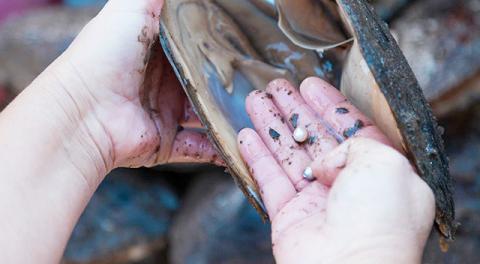
Pearl Cultivation
Cultivating pearls is a three to six year process. Pearls form as a reaction to irritants within the shell of a mollusk, such as oysters and mussels. The mollusk then secretes nacre (also known as 'mother of pearl') to protect itself from the irritant and ensure survival. The nacre constructs a pearl sac around the offending object, and within this builds up concentric layers which eventually form a full pearl. A 'cultured' pearl refers to an instance where the irritant has been manually introduced into the shell, using human technology. As the rest of the process is a natural one, the quality of cultivated pearls is usually the same as with naturally forming pearls. Each single pearl is entirely different in size and shade.
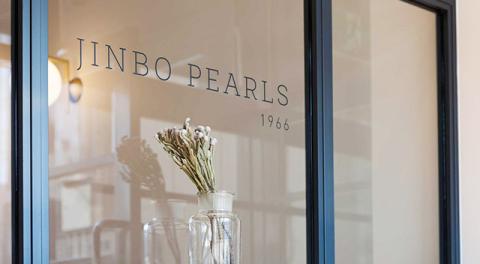
Jinbo Pearls
Jinbo Pearls is a specialty pearl company based on the shores of Lake Biwa. Founded in 1966, Jinbo Pearls opened a physical shop focused on selling freshwater pearls in Otsu, Shiga prefecture in 2014. Cultivated over three to six years, the pearls at Jinbo reflect light in complex ways, refracting rays to give off unique gold, white and pink hues that make Biwako pearls so loved across the world.
Credit
Story and images provided by JAPAN HOUSE London

